Pollinator Resources for the Teacher and Outdoor Educator
 EDUCATION
EDUCATION
You can teach youth about pollinators in many different ways and on different academic levels: hands-on while on a hiking trip or any outdoor program, through practical school projects and activities or academic classroom education in the fields of science, math or language arts.
This section provides you with different teaching approaches for a range of settings and academic levels. It includes all necessary teaching materials from one page fact sheets to detailed classroom curricula.
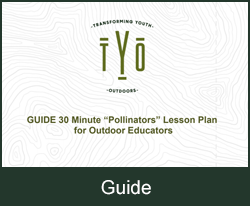 GUIDE 30 Minute “Pollinators” Lesson Plan for Outdoor Educators
GUIDE 30 Minute “Pollinators” Lesson Plan for Outdoor Educators
This guide was developed to help outdoor educators facilitate a simple lesson plan on the basics of pollination and pollinators. As an outdoor educator, you can use this guide to give participants a basic introduction to pollination, deliver experiential activities and apply the information at home.
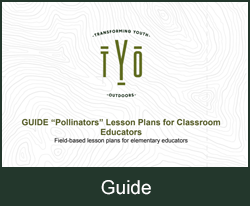 GUIDE “Pollinators” Lesson Plans for Classroom Educators
GUIDE “Pollinators” Lesson Plans for Classroom Educators
This guide is for the classroom educator who seeks to teach students about pollination through the use of the local environment. The guide provides three dynamic, field-based lesson plans that serve to get youth outdoors and study pollination firsthand.
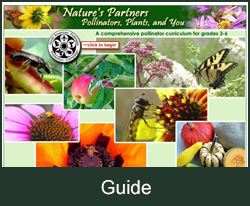 GUIDE Nature’s Partners: Pollinators, Plants and You- a Comprehensive Curriculum for Grades 3-6
GUIDE Nature’s Partners: Pollinators, Plants and You- a Comprehensive Curriculum for Grades 3-6
This is a more in-depth comprehensive guide that provides extensive lesson plans, as well as activities and games designed to give students a well rounded understanding of pollination.
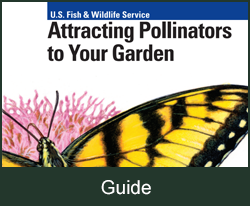 GUIDE Pollination and Pollinators Introduction and Overview
GUIDE Pollination and Pollinators Introduction and Overview
This nicely illustrated guide gives you an introduction and overview to Why pollinators are important, what is pollination, who the pollinators are and what you can do for them. It can be used as a tool when presenting about pollination in class or during a field trip.
 POLLINATOR ACTIVITIES
POLLINATOR ACTIVITIES
This section contains a variety of pollinator activities that can be used for all age ranges, inside or outside. Some are 5-minute activities, and some are projects that can last all afternoon. These activities can serve as a supplement to the educational guides above or can stand-alone in order to provide youth with an understanding of pollination through participatory learning.
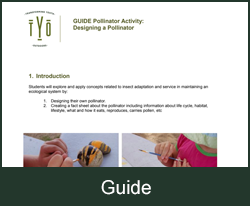 GUIDE Pollinator Activity: Designing a Pollinator
GUIDE Pollinator Activity: Designing a Pollinator
In this activity, students apply what they have learned about pollination to design their own insect or animal. This simple activity can be done at home or at school, but invites students to use their imagination to invent new pollinators.
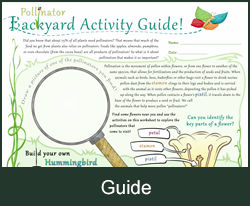 GUIDE Pollinator Backyard Activity
GUIDE Pollinator Backyard Activity
This 1 page worksheet will guide kids to explore their backyard, garden or park to understand pollinators first-hand. This activity guide can be used in schools, at camp or at home for a fun afternoon.
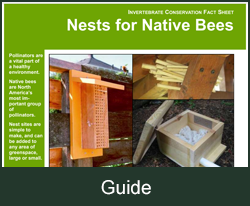 GUIDE Nests for Native Bees
GUIDE Nests for Native Bees
This fact sheet gives information on how to provide nesting sites for native bees, including nest blocks and bare ground for solitary nesting bees, and nesting boxes for bumble bees.
 THE POLLINATOR GARDEN – A SCHOOLYARD HABITAT PROJECT
THE POLLINATOR GARDEN – A SCHOOLYARD HABITAT PROJECT
Creating a Pollinator Garden at your school or program site is a great way to offer a living space for pollinators and at the same time provides amazing environmental education opportunities for your students. This section contains the step-by-step information and resources you need to create a pollinator habitat at your site.
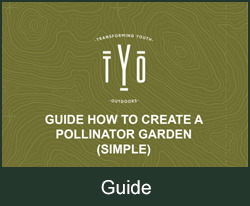 GUIDE How to Create a Pollinator Garden – Simple
GUIDE How to Create a Pollinator Garden – Simple
This is an abbreviated guide designed to take you and your students through a step by step process to create a pollinator garden at your school or program site.
 GUIDE How to Create a Pollinator Garden – Comprehensive
GUIDE How to Create a Pollinator Garden – Comprehensive
This more comprehensive guide was developed as a how-to manual to help you transform your school grounds or program site into a place that engages the entire community in habitat restoration. This guide will take you and your students through each step of the process: planning, installing and sustaining a project.
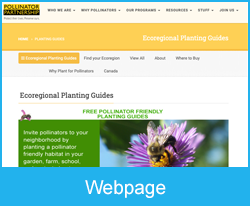 Webpage Eco-regional Pollinator Friendly Planting Guide
Webpage Eco-regional Pollinator Friendly Planting Guide
The Pollinator Partnership website provides a tool to help you select plants for Pollinators, tailored to specific areas of the United States. By entering your Zip code you will be provided with a planning guide specific to your region.
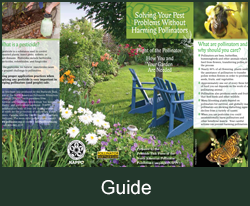 GUIDE Pollinator Friendly Pesticide Factsheet
GUIDE Pollinator Friendly Pesticide Factsheet
This factsheet provides you with basic information, focusing on proper application practices when applying any pesticide.
 THE MONARCH BUTTERFLY
THE MONARCH BUTTERFLY
Monarch butterflies are some of our most beautiful and well known pollinators. But the places they live and fly are threatened. This section provides outdoor as well as classroom based lesson plans to teach youth about Monarch life cycle, migration patterns and factors affecting their decline.
Each lesson can be conducted in different settings and aims to connect youth to their local environment.
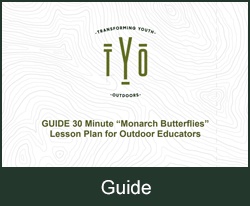 GUIDE “Monarch Butterflies”: A Lesson Plan for Outdoor Educators
GUIDE “Monarch Butterflies”: A Lesson Plan for Outdoor Educators
This is a guide to help outdoor educators facilitate a simple lesson plan on the life cycle and migration of monarch butterflies.
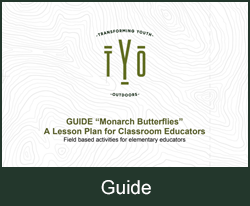 GUIDE “Monarch Butterflies”: A Lesson Plan for Classroom Educators
GUIDE “Monarch Butterflies”: A Lesson Plan for Classroom Educators
This guide contains two monarch butterfly lesson plans for the classroom teacher. These outdoor lessons will show youth the importance of monarch butterflies in an engaging and dynamic way.
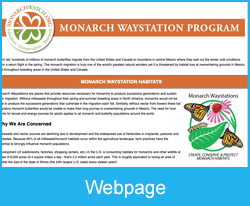 WEBPAGE Monarch Waystation Program
WEBPAGE Monarch Waystation Program
By creating and maintaining a (certified) Monarch Waystation you are contributing to monarch conservation. On this website you find all the information you need.
 ADDITIONAL RESOURCES
ADDITIONAL RESOURCES
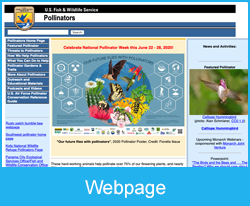 WEBPAGE Fish & Wildlife Service – Pollinators
WEBPAGE Fish & Wildlife Service – Pollinators
The Fish & Wildlife Service Website on Pollinators provides extensive resources to learn about Pollinators and how you can support them. Here you’ll find videos, lesson plans, podcasts, webcasts guides, as well as useful links to additional resources.
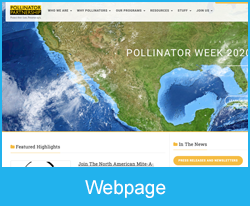 WEBPAGE The Pollinator Partnership
WEBPAGE The Pollinator Partnership
At the Pollinator Partnership’s website you can find a comprehensive learning center with material for educators and other people passionate about supporting pollinators.
